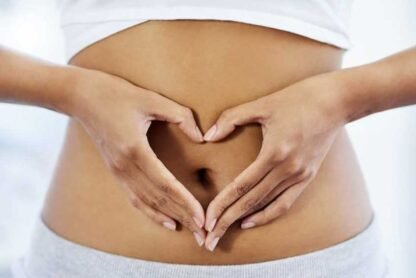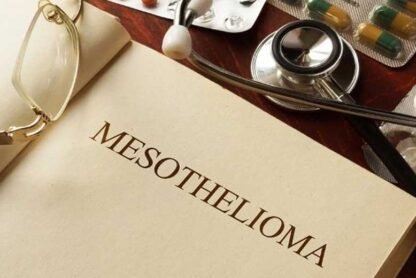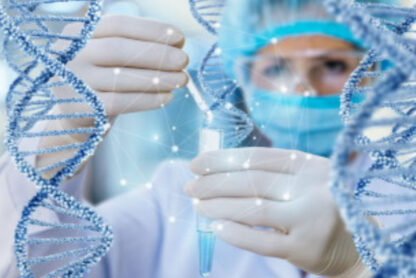Chronic pain and depression are two conditions that often go hand in hand, creating a cycle that can be difficult to break. When someone experiences ongoing physical pain, it takes a toll not just on their body but also on their mental and emotional well-being. The persistent discomfort can lead to feelings of frustration, helplessness, and isolation, which can gradually develop into depression.
Similarly, individuals who struggle with depression may experience increased sensitivity to pain, making physical symptoms more intense. The relationship between these two conditions is complex, but understanding how they interact is the first step toward finding relief. For those who feel trapped in this cycle, seeking professional support from a Depression Therapist can be a crucial step in addressing both their emotional and physical suffering.
How Chronic Pain Leads to Depression
The experience of enduring chronic pain wears down both your body and mind completely. Acute pain functions as a temporary warning system, while chronic pain persists indefinitely for numerous months or years without any known remedy. The continual pain obstructs basic activities, making ordinary tasks impossible to complete. As function and independence diminish over time, depression symptoms, including despair and sadness, start to develop.
Chronic pain disrupts the entire social network of affected individuals because of its ongoing nature. People tend to separate themselves from their social contacts because they either feel others do not understand their situation or believe they cannot participate in social events. Loneliness from social isolation develops into depressive symptoms because human contact remains vital for emotional health. The amount of time spent alone enables negative thoughts to strengthen feelings of worthlessness while deepening feelings of hopelessness in the mind.
On a biological level, chronic pain and depression share similar pathways in the brain. The mood regulation through dopamine and serotonin neurotransmitters becomes unbalanced in both these conditions. Chemical imbalances caused by disruptions lead to increased emotional suffering and heightened physical discomfort, which complicates the recovery process. People who receive pain treatment without emotional support experience incomplete recovery because these two aspects strongly intertwine.
Depression’s Influence on Physical Pain
Depression causes chronic pain and also develops from chronic pain experiences. Depression creates a situation where individuals experience worse physical pain that is difficult to control. Depression causes people to suffer from headaches, muscle pain, and fatigue regardless of their lack of medical condition. The pain threshold of a depressed body becomes reduced because depression intensifies physical sensations beyond their actual level.
Those experiencing depression face challenges with motivation, which stops them from participating in possible pain relief activities. People dealing with depression find it hard to achieve pain relief through exercise, social interaction, and adequate sleep, even though these activities would typically help manage pain. People tend to stay inactive due to depression, which results in painful consequences for their physical and mental health status.
When depressed individuals experience their circumstances, they interpret everything differently. People who suffer from depression start to think negatively about their pain because they believe it will never end and that medications will not help them. People with this mindset choose to avoid medical treatment and new therapies, which keeps them trapped in their continual suffering. The most successful way to escape this cycle requires parallel treatment of depression along with pain management.
Treatment Options for Both Conditions
The relationship between chronic pain and depression requires a complete treatment approach since the conditions strongly interact with one another. Individuals experience limited success with standard pain management approaches that combine drugs with physical therapy and lifestyle adjustments. Support for mental health needs to be provided because chronic pain requires attention to emotional challenges.
The treatment of both conditions demonstrates high effectiveness through therapy, especially cognitive-behavioral therapy (CBT). The method teaches people to recognize unfavorable thinking patterns that might intensify their pain and depression symptoms. Through mental reorganization, patients learn to decrease their emotional suffering, which leads to better pain management skills.
People who have both chronic pain and depression might benefit from using specific antidepressant drugs as part of their treatment plan. Medical research shows that serotonin-norepinephrine reuptake inhibitors (SNRIs) function to treat both mood disorders and pain symptoms. Medication stands as only a single element among multiple necessary components. Combining physical exercise with social relationships and stress reduction practices creates the most effective strategy for achieving long-term pain relief.
Conclusion
Understanding how chronic pain and depression interact forms the basis for escaping their coexisting struggle, even though the path to recovery seems impossible at first. People need to search for complete medical care when pain transcends physical symptoms to impact their mental state. Appropriate help can provide relief through various approaches, including therapy, medication, and lifestyle changes.









